A Preview of the Next Era at Golden Gate Park GC
Jay Blasi adds contour and restores the dunes of Golden Gate Park’s past.
As a public golf nerd in San Francisco, I was thrilled to get an invite to a preview tour of the changes to Golden Gate Park Golf Course with the architect, Jay Blasi. Blasi is based in Los Gatos, and was one of the designers of Chambers Bay. I am a huge fan of GGPGC, so much so that it was one of the first courses I ever mapped on the golf wiki and you can still see the old versions of the holes there.
So, I’ll come right out and say it: I’m super excited to play this course. I was a regular player here before the changes, and I’ll be on the course as soon as possible when it reopens. This course is going to make headlines in golf media when it opens.
But before I walk through the course, I want to get some of the more technical items out of the way. Firstly, it’s not a redesign. The holes are still in their original layout, but the routing has been changed back to the original routing. There are, however, significant changes to the length, shape, and strategic design of the holes. Is it a new course? No, not really. But it’s changed such that skilled players will approach every hole much differently than they would have before.
According to Blasi, when the course was built in the 1950s it was native sand dunes. But even though many of the best courses in the world are built on sand, the architects trucked in soil because that was apparently just what they did back then. So the first order of business for Blasi was removing that soil and restoring the dunes. This is most apparent in the waste areas strategically placed to maximize the feel of the old dunes, which exist as hazards on the course while also preventing errant shots from going where they shouldn’t. Blasi noted, and I certainly agree, that these areas of open dunes are intentionally placed where they should not interfere with beginners’ access to greens. Any carries over these dunes are from the expert tees, which is another change to the course. Instead of the previous one set of tees, Blasi has added three sets of tees to each hole to serve the beginner, intermediate, and expert player.
With the return to sand, the fairways have been changed to fescue and nearly everything is cut to fairway height. This may not mean much to most folks, but fescue fairways on a linksy course in the dunes is a really exceptional change. It lends itself to having shots run farther, increasing the chance for less-experienced players to reach the green, while making errant shots from more-experienced players more likely to run away from their desired target. It’s a big change and perfectly suited to the site. The greens are bentgrass, which is generally the standard for high-quality greens in this region, though that is certainly up for debate.
Here I’ll walk through each of the holes and the changes to them. I know most people are probably interested in photographs, but as a golf architecture guy, I think the strategic changes are also very important.
Hole 1 (formerly the 5th)
The tour started here before I knew I was allowed to take photographs, so I’m sorry for the lack of photography. The first fairway is fairly similar to its previous state. Trees have been removed on the right, opening up options for green access that weren’t previously available. The hole originally required a high fade to reach the green, now players can approach with many different strategies.
The most notable change is the large dune feature in front of the back tees. The waste area is not in play for skilled players though, and it sits in front of the back tees. Beginners playing from the forward tees will not risk entering it on a mishit.
The green (the double-green), is significantly larger and much different. The contours are more complex and nuanced than the previous steep false front.
Hole 2 (formerly the 6th)
I would argue that the second hole is probably the most improved architecturally. There is little change to the land, but the expansion of the green over the ridge creates significant strategic changes for shots at a back pin. The obvious play here is a high sand wedge (and in the previous iteration of the hole it was the dominant strategy), but the fallaway nature of the ridge line means that high-spin shots risk kicking off the back or even spinning back off the front.
The ability to play this hole with a putter remains, and with the short cut of the grass, is a much more viable strategy than it used to be. The architect seemed very intentional in giving folks different options here to experiment with.
Hole 3 (formerly the 7th)
The third is the only hole that I forgot to photograph (my bad). I would argue that, previously, this hole had the most penal architecture. The changes here seem to focus on taking some of the sting out, while leaving the challenge: the distance to the green has been reduced, trees blocking strategic lines have been removed, and most of all, the waste area on the right side of the green has been built up, so missing right (the most common miss for beginners) is no longer a total disaster.
The green has also been significantly changed. This hole should be reminiscent of the previous version, but much more playable.
Hole 4 (formerly the 8th)
The fourth is the hole that most resembles the previous version. That’s not to say there haven’t been changes, only that the spirit of the hole is still there. The green was previously sloped back-left to front-right, but the right side of the green (now the other half of the double green) has been extended to effectively make a punchbowl. The right-side miss (again, the most common beginner’s miss) is no longer severely punished.
Contour has been added to the center of the green, however, adding significant benefit to reaching the correct quadrant of the green.
Hole 5 (formerly the 9th)
The fifth has been updated very significantly. Most noticeably, strategic tree removal has opened up views of the ocean and the Cliff House. Next, the hole used to be the longest, but that length has been significantly reduced, and can be played with an iron, even by beginners.
The green was pulled back significantly, and tucked under the ridge line, creating some strategic options for players who might choose to use the ridge and roll on, rather than playing the hole to its full distance (similar to the 18th at Lincoln Park). A large waste area exists behind the green to catch shots that would head toward the first tee. Obviously with the green moved, it has been completely altered.
Hole 6 (formerly the 1st)
My biggest compliment to Jay Blasi was hole framing, and sixth is the best example of his improvements there. What was previously a tough-but-boring opening hole is now a powerful picture of Golden Gate Park’s historic dunescape. Open dunes feature on both sides of the hole framing what will likely be the most photographed hole on the course. Even with these terrifying waste areas challenging players, attention to the First Tee, and beginners in general, is not lost.
The front of the green features a lion’s mouth without teeth. What looks like an obvious place for a deeply penal bunker is left as short grass, allowing beginners to still access the center of the green, while punishing more experienced players who will certainly deflect off the feature. I also noticed a nice collection area short-right of the green (again, a beginner’s miss) which will save many less-experienced players from ending up in the beautiful, but punishing waste area adjacent.
The green has a few distinct pinnable areas, with short-left seeming to be extremely challenging to expert players, while also being one of the most accessible to beginners as the front should funnel running shots toward this tier.
Hole 7 (formerly the 2nd)
The seventh also had significant changes. Full disclosure, the previous version of this hole was one of my favorite par 3s in the world, and I’m sad to see it go, but it was deeply penal, and really has no business being on a course that welcomes beginners. The green has been completely redesigned, and features the only bunker on the course.
Players approaching the right-side pin position directly will be severely punished if they miss the green. The bunker, mounding short-right, and a runaway putt from behind the hole all make that strategy dangerous. However, this hole was also designed to be accessible even with a putter off the tee. The green is shaped in such a way that on a dry day when the pin is in that (most challenging) position, players could run up the center of the green, and have it curl right and run down to that challenging right-side tier. Slower green speed may make this less viable, but it’s certainly the best option for beginners, especially those learning golf strategy.
It remains one of the more penal holes on the course, but whereas the previous version simply required the player to execute a challenging shot, Jay Blasi’s version gives everyone, especially newer players, viable options.
Hole 8 (formerly the 3rd)
The removal of invasive eucalyptus trees, replaced with the natural dunes is the most prominent change on the eighth hole. The hole plays in a similar way as it did before, but is now beautifully framed, and features much more room to play left. The most exciting miss will be players who overshoot this short hole, and end up in the waste area beyond, which will lead to an exciting and challenging up-and-down opportunity.
Again, beginners have the option to simply run the ball straight at the front of the green leaving very puttable positions that should lead to an easy bogey.
Hole 9 (formerly the 4th)
The ninth is one of the more dramatically changed (and improved, in my opinion) holes on the course. The structure of the hole remains generally intact, a mid-to-long iron to a challenging green. However, Blasi removed two (arguably terrible) bunkers that blocked many strategic ways to access the green, and replaced them with dramatic contours.
Previously, my advice on this hole was to just play safe, hit toward the tree on the right side, and the ball should kick onto the green. This was a fine strategy, and safe, but lacked the optionality that makes interesting holes interesting. Now, the back tees play over a huge open bit of dune, and players can play high to the trees, but they can also play low shots right or even left and end up on the putting surface.
One of the most beautiful features on this hole is the open area of dunes behind the hole. It serves both to catch balls headed toward the parking lot, and to frame the golf course as players enter.
Some thoughts:
I’m really impressed with the renovation. Though I should reserve judgment until after a dozen or so play-throughs, after seeing the course, I’m honestly expecting to enjoy it even more than I did before. Jay Blasi obviously cares about the course’s best quality: its ability to serve both beginners and experienced players. The City of San Francisco and its Rec & Park department should both be extremely proud with the shaping and look-and-feel here, but it’s up to the city and operators to make sure the course is maintained at this level of quality. Fescue and bentgrass are the best grasses a golf nerd could hope for on a course in this linksy location, and the dunescapes are to be generally left alone with native flora. I certainly hope they continue to flourish in this environment.
My biggest concern is that, in the renovation, the architect was limited to the grounds of the course for invasive eucalyptus removal. In this case, there are significant problem areas where these invasive trees grow along the south side of the course. If I had the ear of Rec & Park, I would almost certainly have a serious discussion about eucalyptus removal or replacement in the areas south of the second green, along the third hole, and south of the eighth hole. These trees are not native to the area and have no place in the native dunes of Golden Gate Park, they present outsized risks to other regionally native trees, and they will make course maintenance more challenging. While much of Golden Gate Park is wildly artificial, I would encourage anyone in the area to explore the Oak Woodlands to get an idea of what the natural dunes environment was like before it was so greatly changed. This course renovation pays significant homage to that original biome, and the soil removal and restoration of sand as its base is not insignificant.
The only other concern is that I hope the course still remains generally affordable. I presume the cost of playing the course will increase, even for residents, and that’s to be expected. But keeping the course accessible (especially as a place for people to learn) means keeping it reasonably priced. I certainly hope that the course managers are able to keep the course affordable, especially for families. Residents of San Francisco should be aware of the city’s Golf Resident Card program, which provides (often significantly) reduced golf rates for residents of San Francisco. These cards are not free, but they are valid for two years and for the regular (and even casual) player, they quickly pay for themselves.
I can’t wait to get out there. I’m really impressed with what I’ve seen so far. Thanks to Jay Blasi and Josh Lewis for walking us through the whole course, and being very generous with their time.




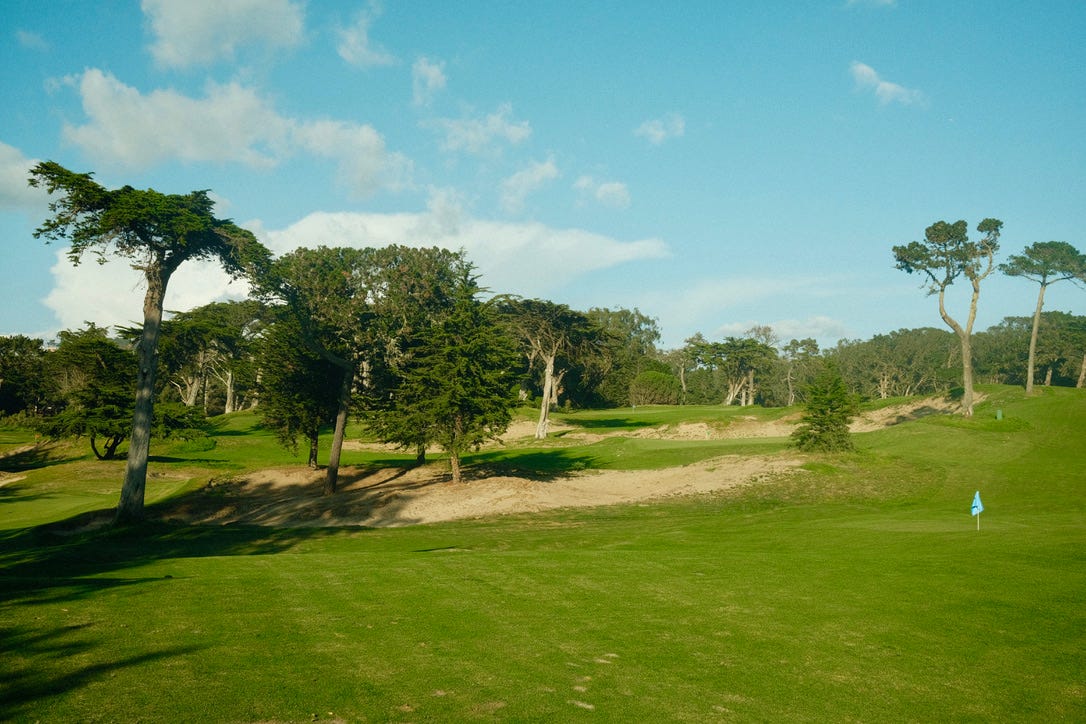
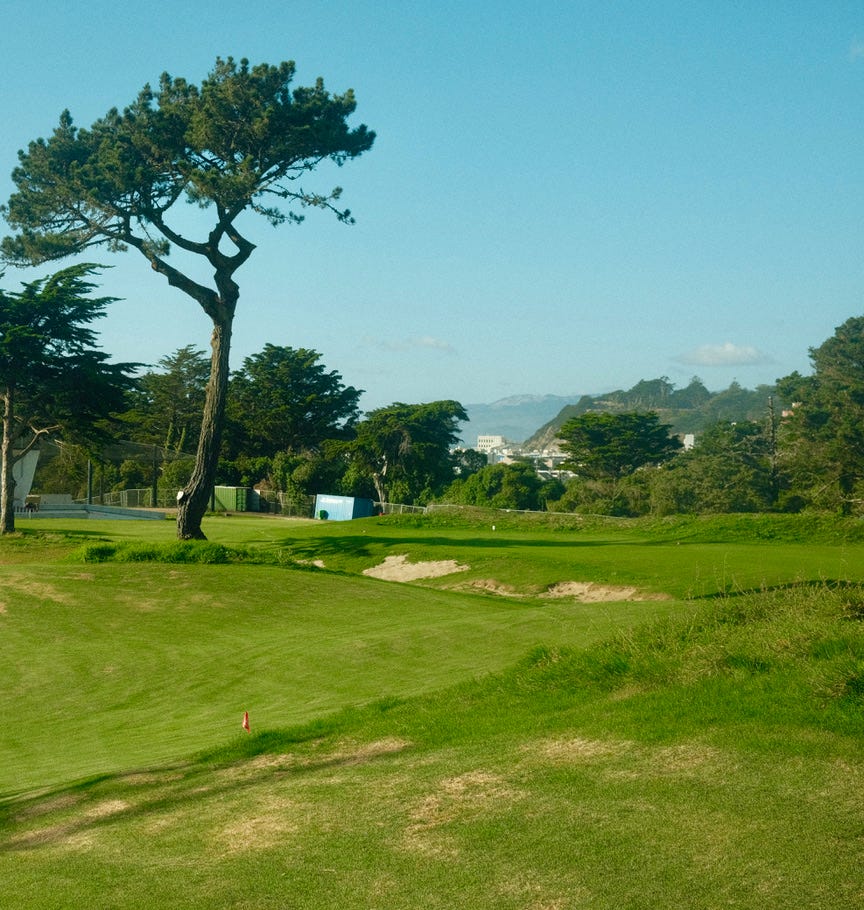

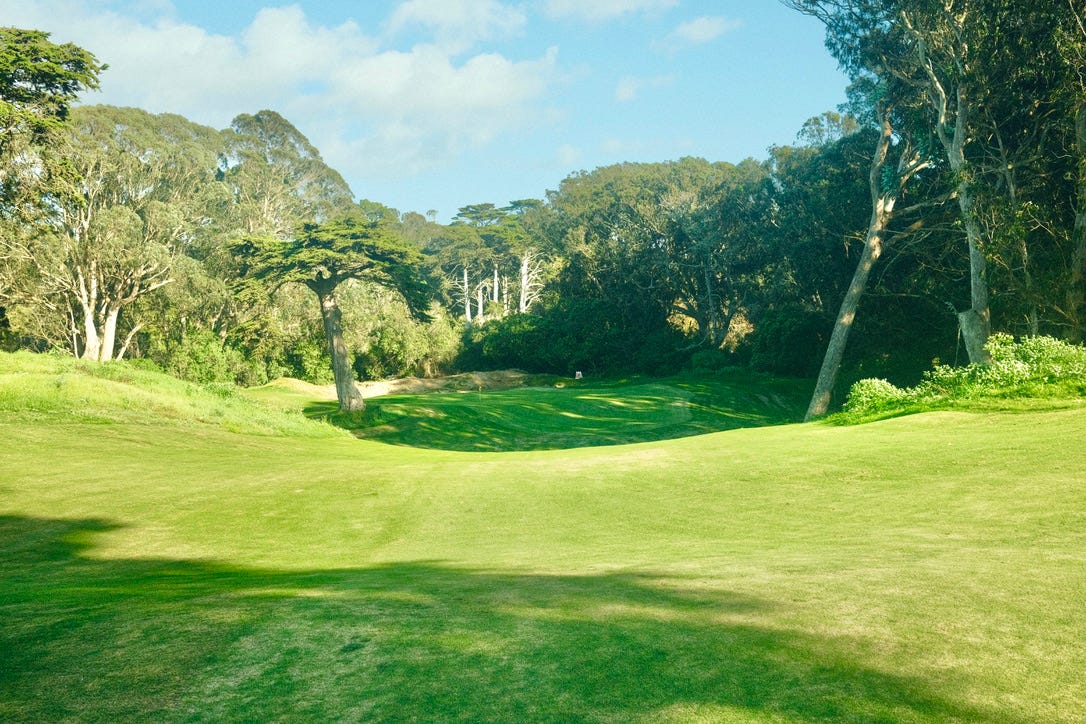




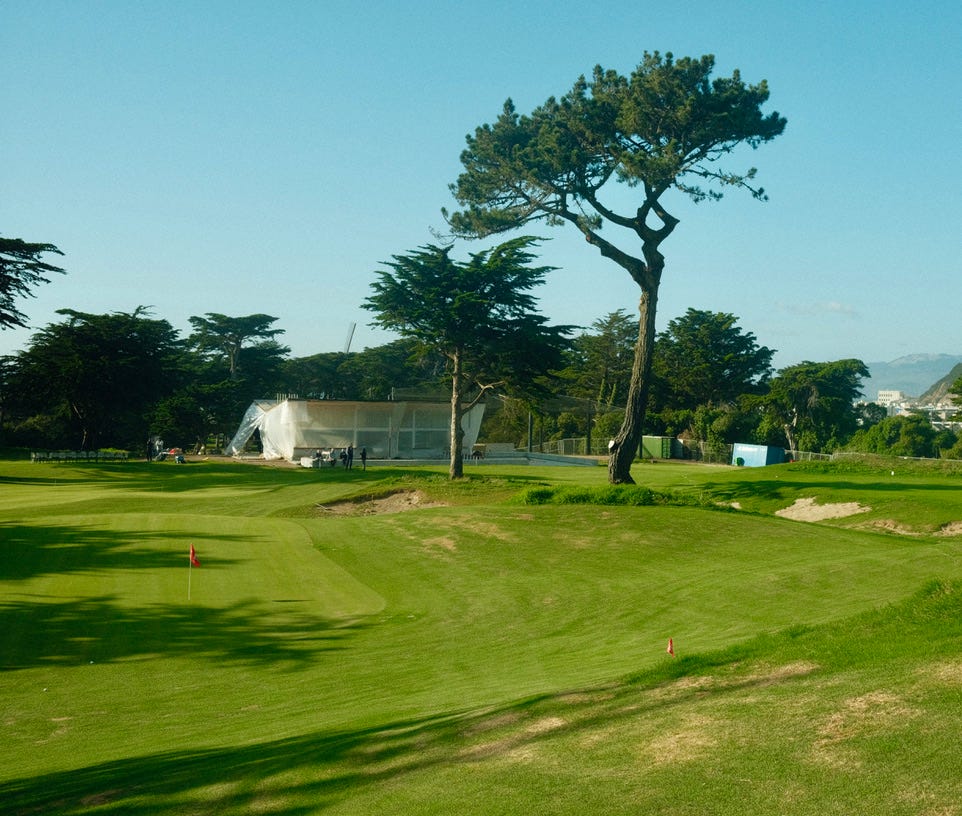
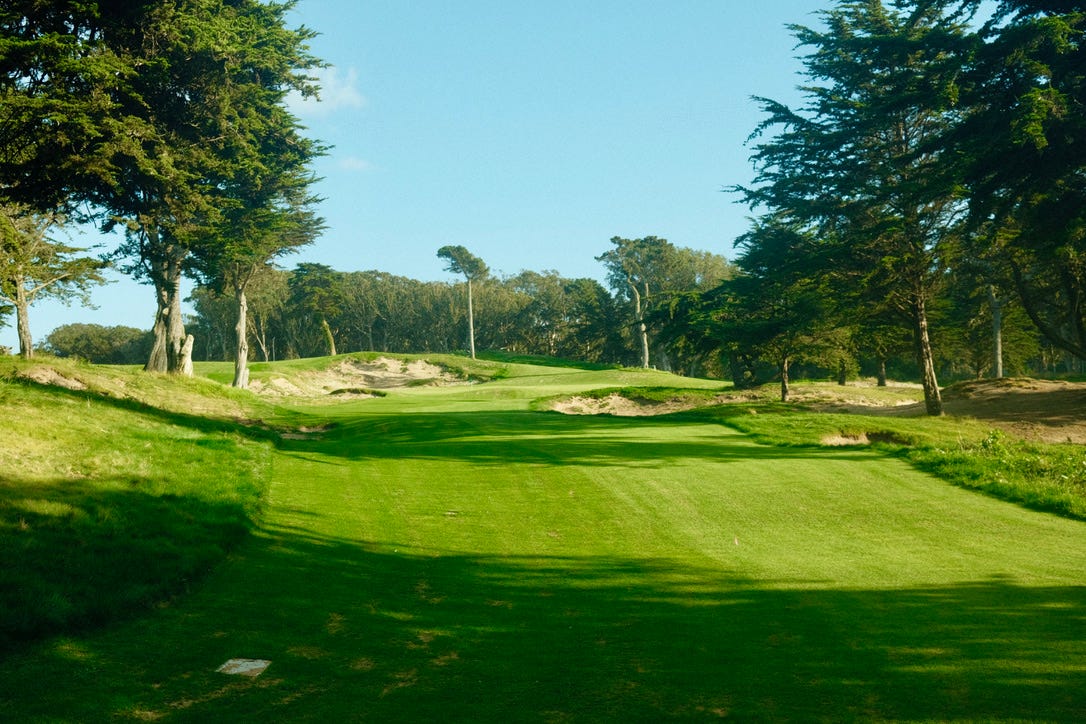
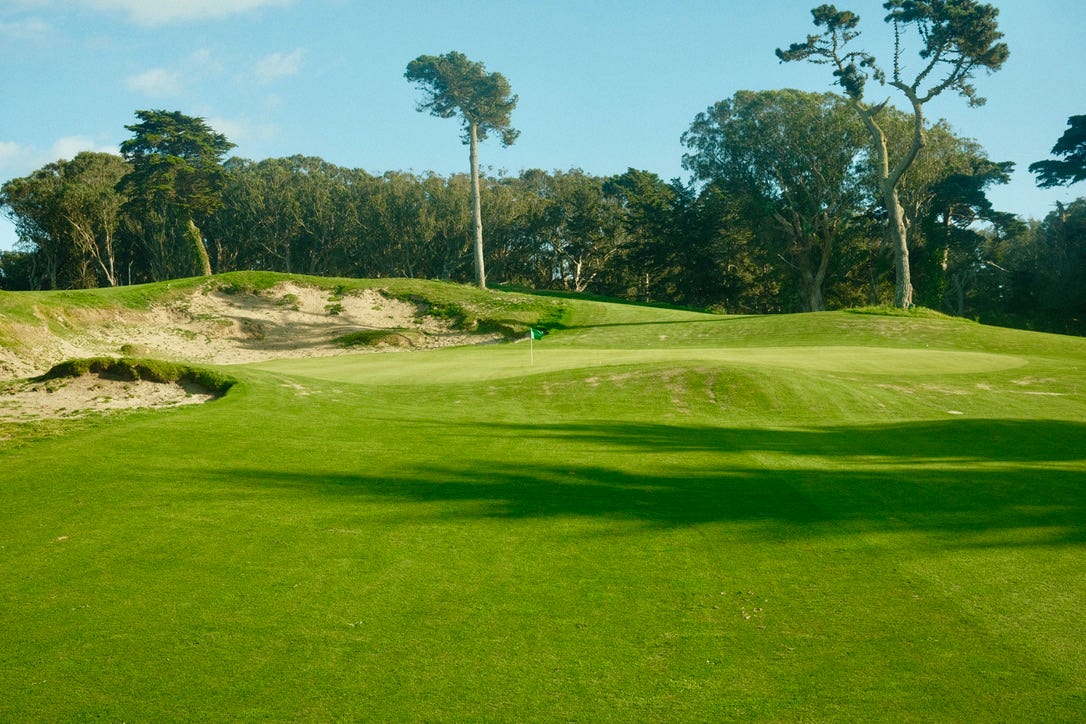
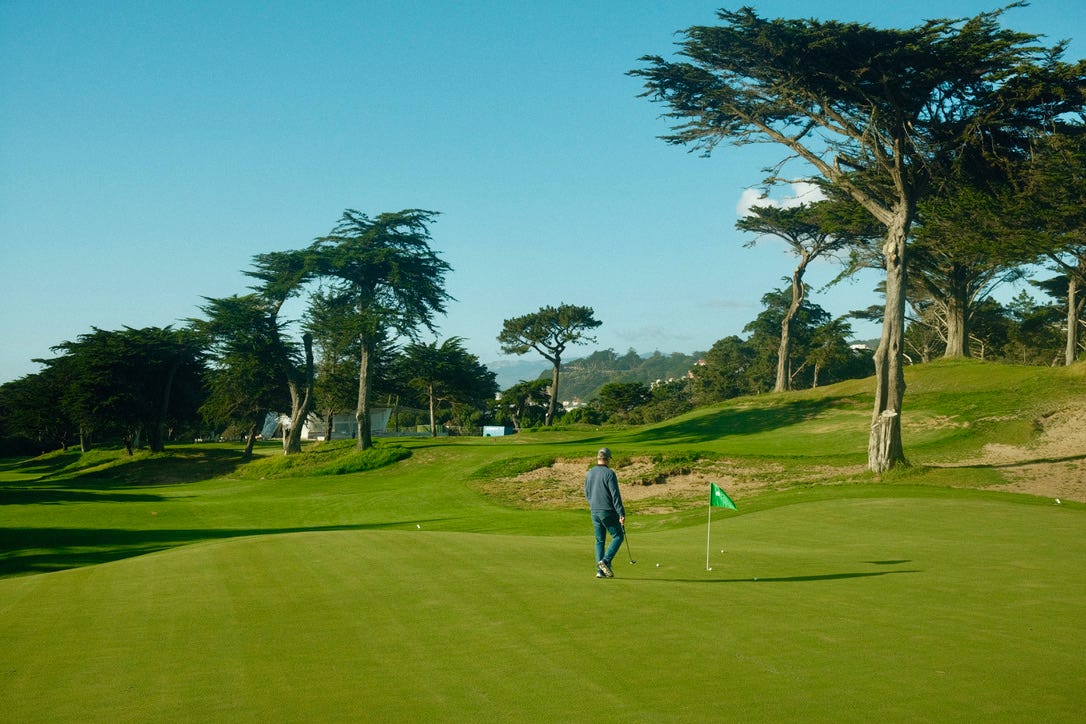
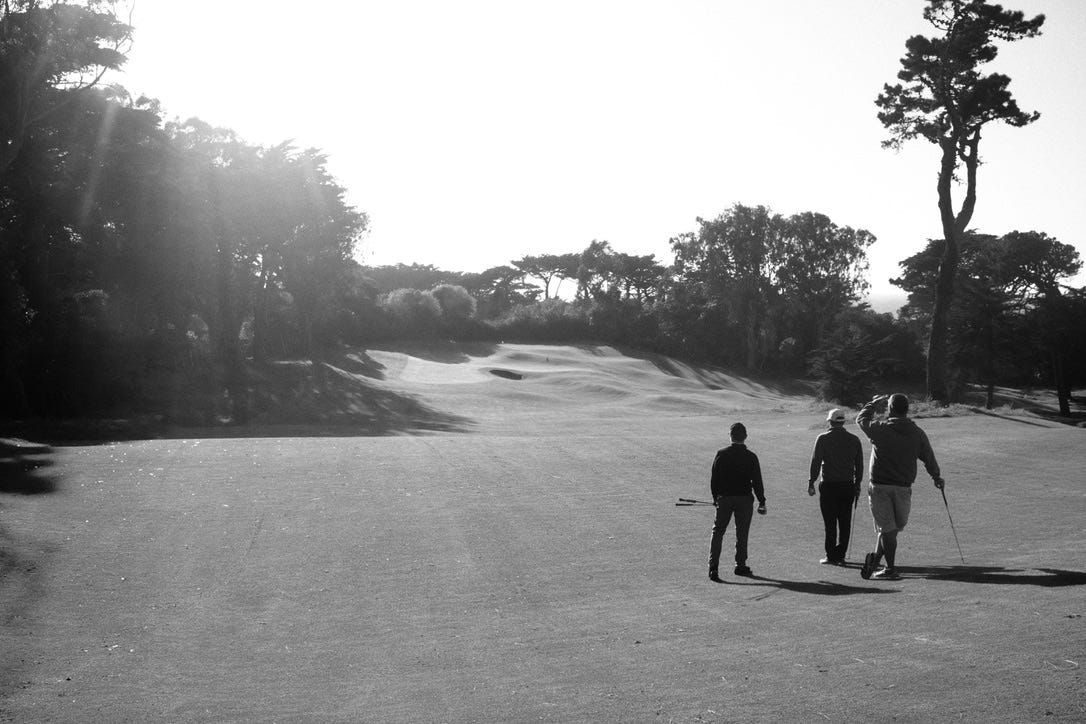
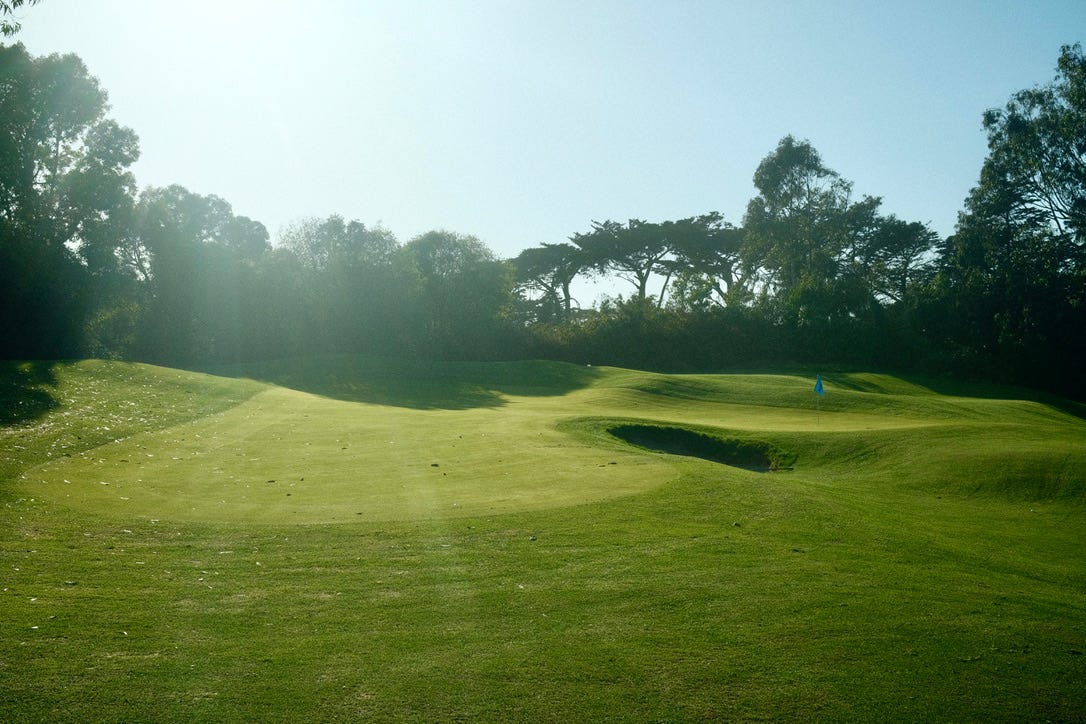
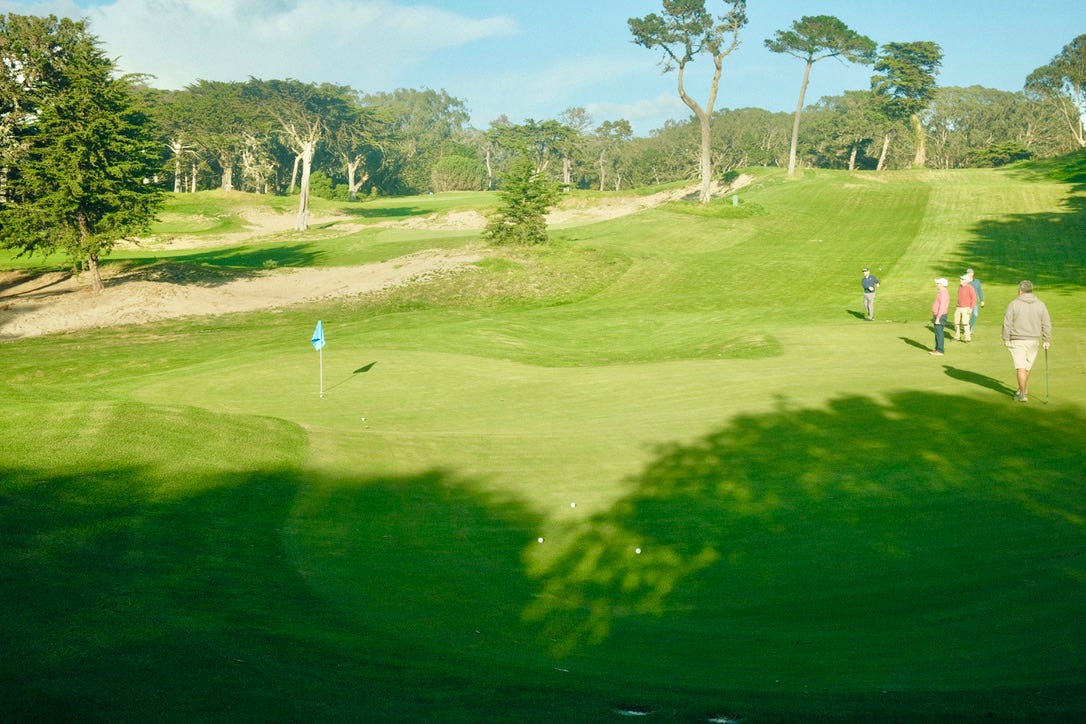
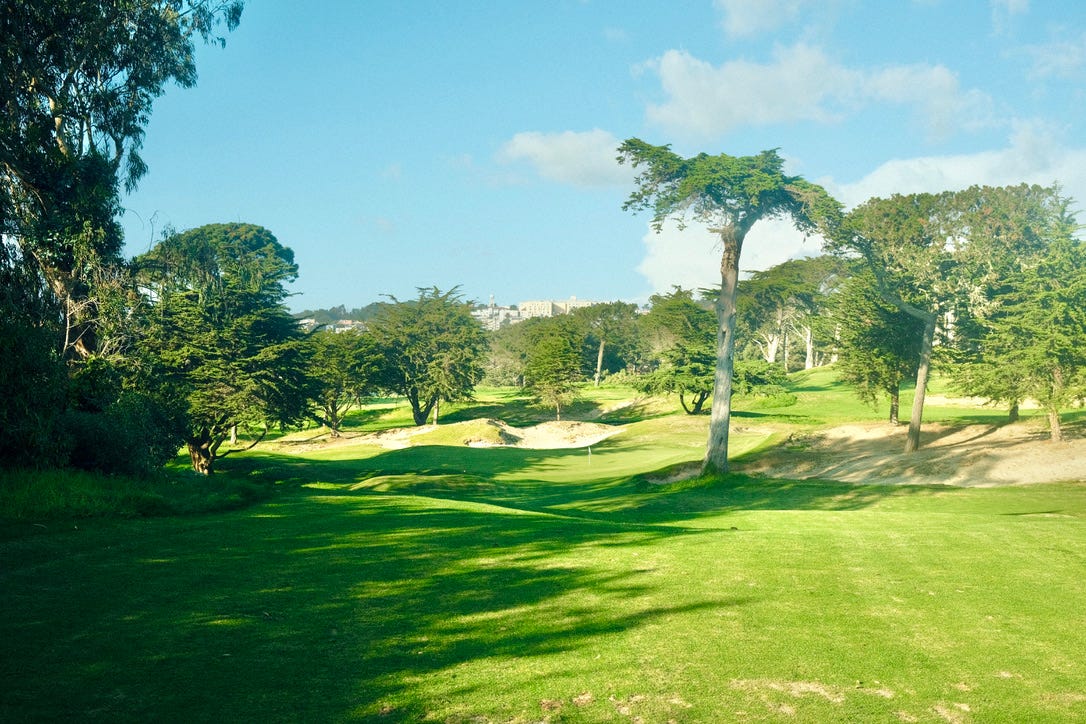

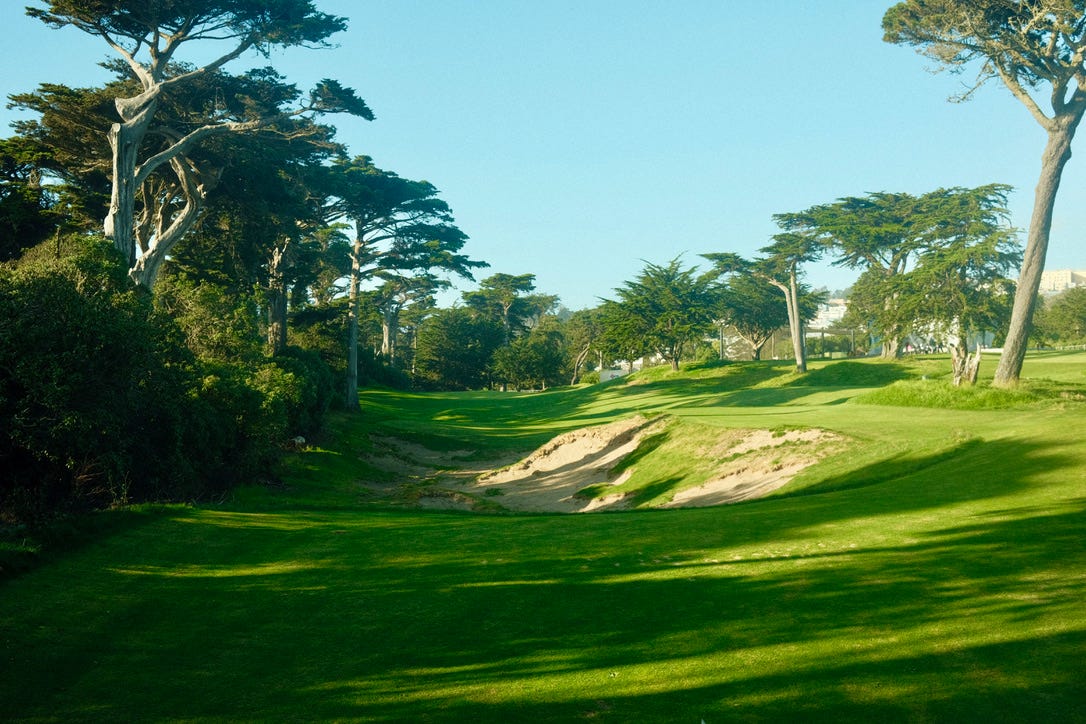
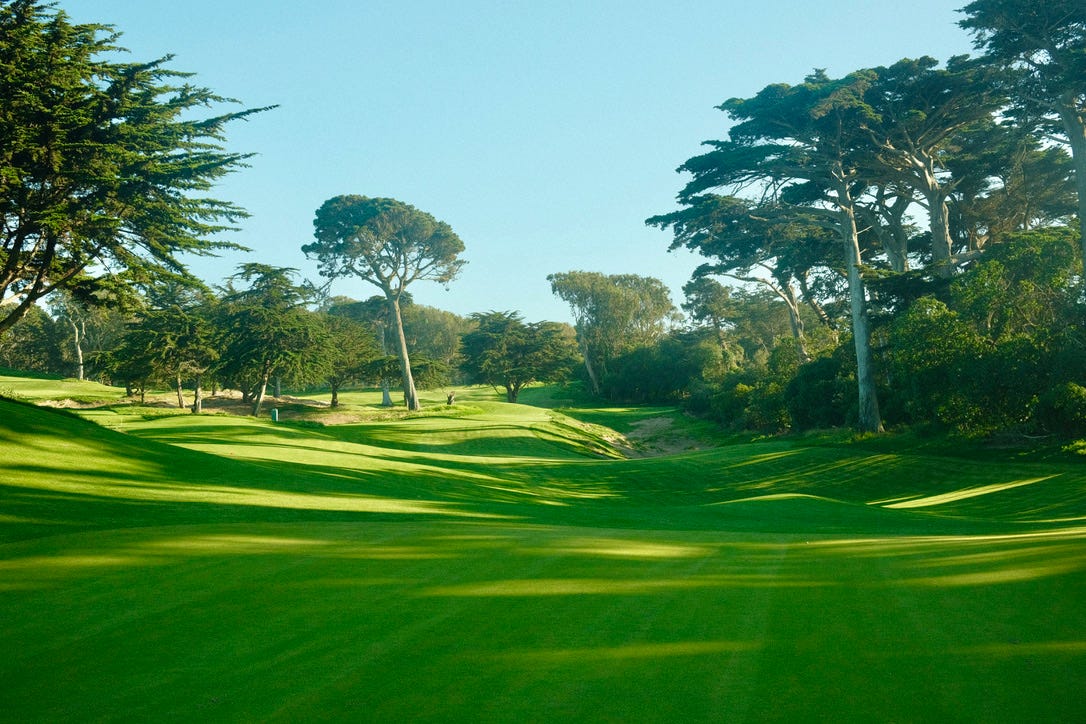

Thanks, Matt. Great write-up that gets me ever more excited for the course to re-open. My biggest concern is tee time availability. It may become a real challenge to get on along the lines of Harding Park. But maybe I’m overestimating the potential popularity for a short course.
When was the routing changed? I played GGP growing up in the mid-to-late 90s, and all the holes seem to be the same order as they were back then.
Thanks for sharing the pics and review - renovation looks amazing.